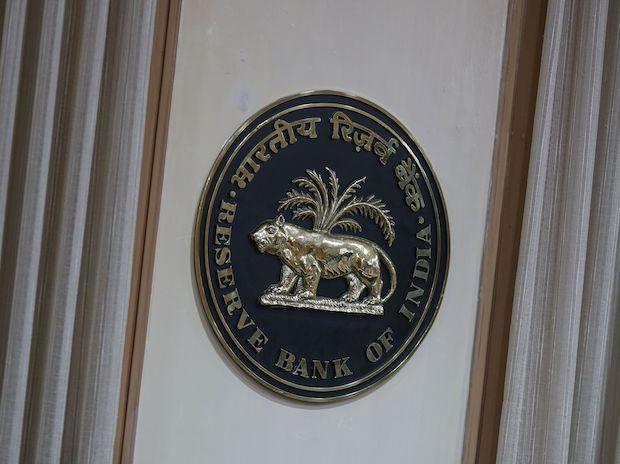The six-member Monetary Policy Committee of the Reserve Bank of India (RBI) on Wednesday voted to increase the benchmark policy rate by 35 basis points. After the policy meeting, RBI Governor SHAKTIKANTA DAS, and Deputy Governor MICHAEL PATRA spoke to the media. Edited excerpts:
What do you have in mind when it comes to the real rate?
P: The real rate is just 85 basis points (bps). And it will be achieved in Q2 of next year. At that time, what will be the inflation gap? Will inflation be at the target is the question we need to ask.
Is growth not a top priority for RBI now?
Das: The legal provision says that the RBI is expected to maintain price stability, keeping in mind the objective of growth.
The aspect of price stability is essential for medium-term growth. If inflation goes very high, investors will stop investing. So, price stability is important in the interest of growth.
Do you see the policy rate being neutral? If inflation remains within the tolerance band next year, would you say the goal of monetary policy has been achieved?
Patra: The battle against inflation is far from over. We remain on guard, far from neutral until we see a durable decline in inflation and it stays within the tolerance band. But the good thing is what you are pricing in, that is, we have lowered the size of the policy rate change. This is the most important thing. This has come after a lot of deliberations. After continuous 50-bps increases, it has now moderated. This tells you of a shift in the wind. We feel the worst of inflation is over but the moderation of inflation will be grudging and uneven. So, we must shepherd inflation into the inflation band firmly and then to the target.
Is the peak tightening cycle behind us?
Patra: We have moderated the size of the policy rate increase. This is a very fundamental guidance that we are giving to the market. If things pan out as we have projected, then the days of 50-bps consecutive increases are over. But we cannot take a break because inflation is averaging 5-5.4 per cent next year. We must guide it to a place where it remains stable and then move on to 4 per cent. Till then, we must be on our toes.
What are the factors that are keeping core inflation sticky?
Patra: There are many factors playing out such as pass through of the input cost. In Q2 results of corporate houses, expenditure growth has been outpacing revenue growth, mainly because of pass through of input cost. There is also the exchange rate pass-through that is going on so that imported inflation pressures get in and we are noticing that non-tradables i.e., services, where inflation is very stubborn, those prices have not started rising. These three things warn us that we need to be on our toes for second-round effects. We are also trying to assure people that we are on the job and we will bring down the core [inflation]. It is already visible in the expectation survey. There is a perceptible decline in expectations.
How will forward premiums crashing to decade lows impact spot rupee?
Patra: There is a cash shortage in the spot market but that is getting alleviated because the forward premiums started to correct today. So, flows are coming back. There was a downward dip in the exchange rate to which people responded by holding back proceeds coming in. Now we will see the premiums rising.
For external trade balances, is demand curtailment a consideration for the RBI?
Patra: When monetary policy is withdrawing accommodation, it wants to modulate aggregate demand to align with supply. And that affects all categories, including imports. But India’s imports have a structural character. There are many parts of imports which are essential in nature. If we want to grow faster than today’s rate, we have to run a little higher current account than 2021-22. So, there are aspects of demand, which cannot be reduced by monetary policy in respect of imports. We are not to worry because we have buffers. And as the growth rate changes, the size of the current account, which is viable, also changes





GIPHY App Key not set. Please check settings